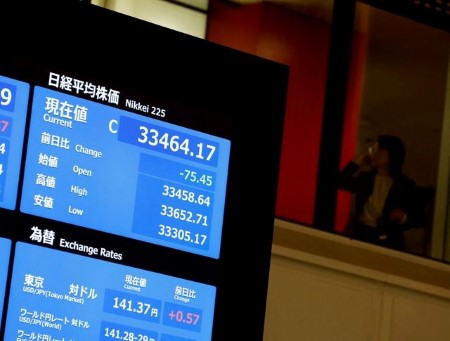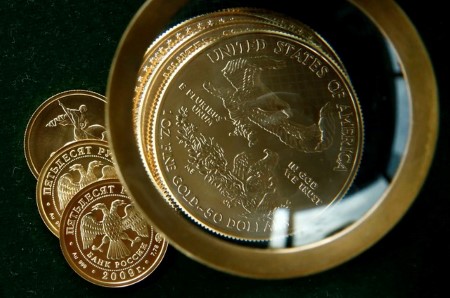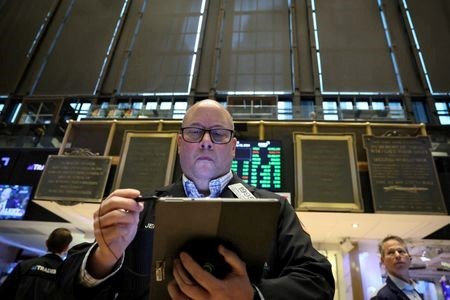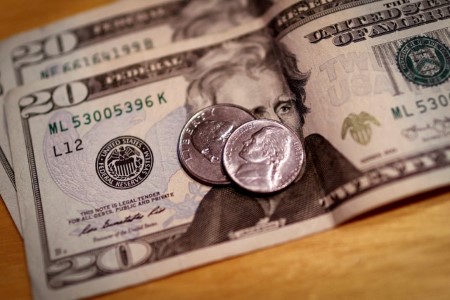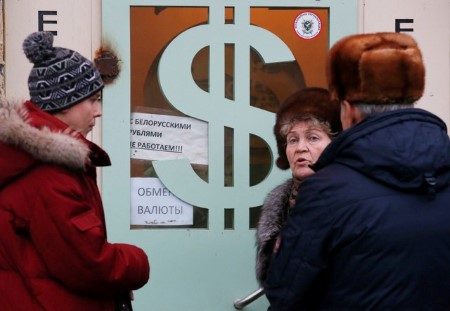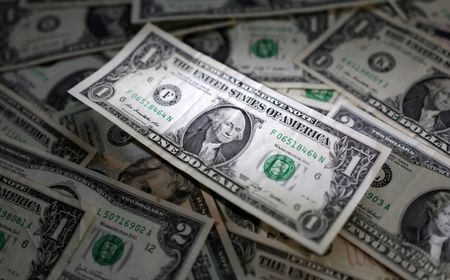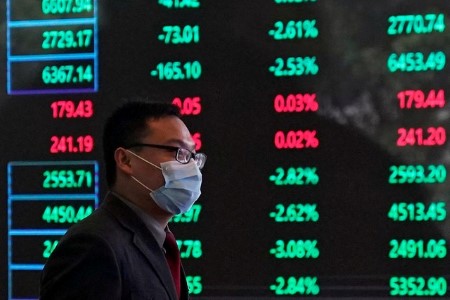SINGAPORE, Jan 29 – Oil prices jumped 1% on Monday on fuel supply concerns after a missile struck a Trafigura-operated fuel tanker in the Red Sea and as Russian refined products exports are set to fall as several refineries are under repair after drone attacks.
Brent crude futures climbed 83 cents to USD 84.38 a barrel by 2341 GMT after hitting a session-high of USD 84.80. US West Texas Intermediate crude rose 78 cents to USD 78.79 a barrel.
Commodities trader Trafigura said on Saturday it was assessing the security risks of further Red Sea voyages after firefighters put out a blaze on a tanker attacked by Yemen’s Houthi group a day earlier.
“Disruptions to supply have been limited, but that changed on Friday after an oil tanker operating on behalf of Trafigura was hit by a missile off the coast of Yemen,” ANZ analysts said in a note.
“With oil tankers linked to the US and UK now under threat of attack, the market is likely to reprice the risk of disruptions.”
Both contracts rose for a second week in a row and settled at their highest in nearly two months on Friday, supported by Middle East and Russian supply concerns while positive US economic growth and signs of Chinese stimulus boosted demand expectations.
Russia will likely cut exports of naphtha, a petrochemical feedstock, by some 127,500 – 136,000 barrels per day, or around a third of its total exports, after fires disrupted operations at refineries on the Baltic and Black Seas, according to traders and LSEG ship-tracking data.
On Feb. 1, leading ministers from the Organization of the Petroleum Exporting Countries (OPEC) and allies led by Russia, known as OPEC+, will meet online.
However, OPEC+ will likely decide its oil production levels for April and beyond in the coming weeks, OPEC+ sources said, as the meeting would take place too early to take decisions on further output policy.
(Reporting by Florence Tan; Editing by Stephen Coates)







 DOWNLOAD
DOWNLOAD





